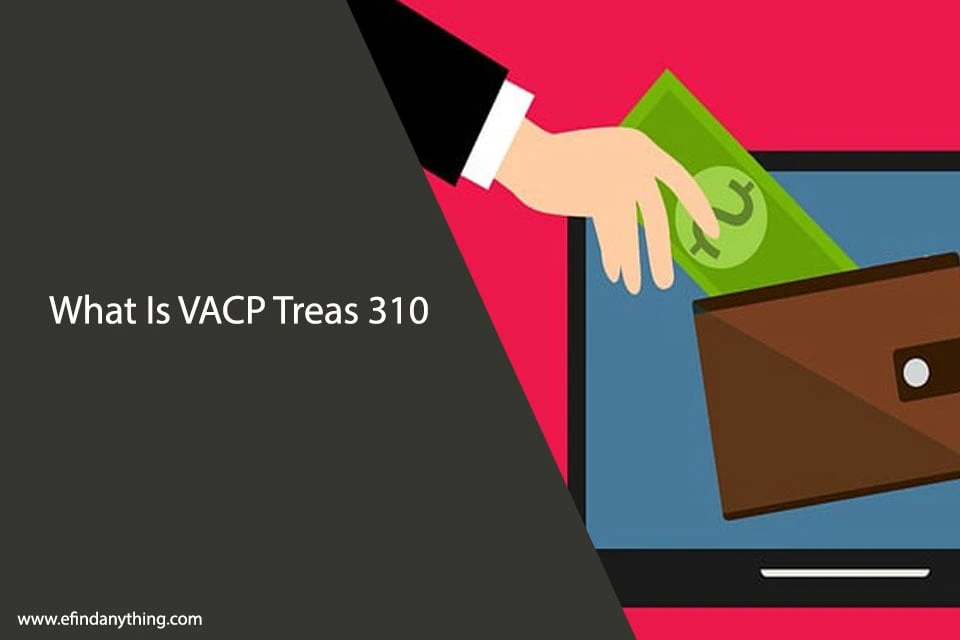
Businesses today face increasing pressure to digitize invoicing processes while maintaining regulatory compliance. PEPPOL e-invoicing software offers a standardized framework that addresses these challenges through its secure four-corner network model. The solution enables seamless document exchange using validated formats like UBL 2.1 and established transmission protocols. Organizations implementing PEPPOL systems report significant reductions in processing costs and accelerated payment cycles. The following sections examine how this infrastructure supports cross-border trade while simplifying compliance with diverse market requirements.
Understanding the PEPPOL Network Architecture
How exactly does the PEPPOL network facilitate secure electronic document exchange across borders? The architecture operates on a four-corner model where participants connect through Access Points (APs). These certified service providers establish secure connections using standardized protocols.
The PEPPOL Transport Infrastructure (PTI) utilizes AS2 or AS4 protocols for transmission, while the Service Metadata Publisher (SMP) maintains registries of participants. Each entity receives a unique PEPPOL ID based on business registration numbers.
Document validation occurs against standardized schemas (UBL), ensuring compliance with regulatory frameworks. This interoperable structure eliminates bilateral agreements, enabling seamless cross-border transactions regardless of software platforms.
Key Features of PEPPOL-Compliant E-Invoicing Solutions
The architecture described above establishes the foundation upon which PEPPOL-compliant e-invoicing solutions must operate. PEPPOL-compliant software must include mandatory features to guarantee interoperability:
- Support for UBL 2.1 document formats
- Implementation of AS4 or AS2 transmission protocols
- Digital signature capabilities per eIDAS regulations
- Four-corner model integration
- Automatic validation against PEPPOL business rules
- Conformance to local regulations (e.g., VAT compliance)
- Endpoint lookup via SMP/SML directories
- Secure message encryption
- Non-repudiation mechanisms
- Audit trail maintenance
These technical requirements guarantee seamless document exchange while maintaining regulatory compliance across diverse jurisdictions.
Implementation Strategies for Different Business Sizes
While PEPPOL standards remain consistent for all participants, implementation approaches must be tailored according to organizational scale, resources, and transaction volume.
Small enterprises benefit from cloud-based SaaS solutions with minimal upfront investment and technical maintenance. Medium-sized businesses may opt for hybrid approaches, integrating PEPPOL capabilities with existing ERP systems through middleware solutions.
Large corporations typically require enterprise-grade implementations with API-driven architecture, ensuring seamless integration across multiple departments and geographic locations. These organizations often necessitate dedicated project teams, thorough change management, and phased rollout strategies.
Implementation timeframes vary correspondingly: 2-4 weeks for small businesses, 1-3 months for medium enterprises, and 3-6+ months for complex corporate environments.
Cost-Benefit Analysis of PEPPOL Adoption
Investment decisions regarding PEPPOL implementation require thorough financial analysis encompassing both direct expenditures and long-term returns. Initial costs include software acquisition, integration services, staff training, and potential system upgrades. These expenditures typically range from €5,000-€50,000 depending on organizational complexity.
Return calculations must quantify tangible benefits: reduced processing costs (40-80% savings per invoice), eliminated paper storage expenses, decreased error rates, and accelerated payment cycles. Additional value derives from compliance assurance, avoiding penalties, and expanded business opportunities with PEPPOL-mandated partners.
Payback periods generally range from 6-24 months, with larger transaction volumes yielding faster returns on investment.
Regulatory Compliance and Cross-Border Advantages
Since regulatory frameworks across Europe continue to evolve toward mandatory e-invoicing, PEPPOL adoption provides businesses with built-in compliance mechanisms for multiple jurisdictions simultaneously.
PEPPOL’s standardized framework guarantees adherence to VAT Directive 2014/55/EU while accommodating country-specific requirements like Italy’s SdI, France’s Chorus Pro, and Germany’s ZUGFeRD formats. This eliminates the need for separate compliance solutions for each market.
Cross-border advantages include streamlined customs procedures, reduced processing delays, and enhanced trade partner trust. The network’s four-corner model guarantees document authenticity and legal validity across jurisdictions, mitigating regulatory risks while facilitating seamless international commerce without technical barriers.










